Florida Water Birds | Identify Florida birds
Florida Water Birds | Identify Florida birds
Summary
Florida is home to a diverse range of captivating water bird species. This article explores seven notable avian inhabitants: the Great Blue Heron, Roseate Spoonbill, Wood Stork, Anhinga, American Flamingo, Mottled Duck, and Brown Pelican. From the majestic stature of the Great Blue Heron to the vibrant pink plumage of the American Flamingo, each species possesses unique characteristics and behaviors that contribute to Florida’s rich wildlife tapestry. Whether in wetlands, coastal areas, or freshwater habitats, these water birds showcase the beauty and diversity of Florida’s natural environment.
Introduction
Florida’s diverse and picturesque landscape is home to a rich variety of wildlife, particularly water birds. From elegant wading birds to colorful ducks and pelicans, the state boasts an abundance of avian species that thrive in its wetlands, lakes, and coastal regions. In this article, we will delve into the captivating world of Florida’s water birds, exploring seven remarkable species that grace its skies and waters. Join us on this journey to discover the unique characteristics, habitats, and behaviors of these magnificent creatures.
The Great Blue Heron
Bold and statuesque, the Great Blue Heron is a common sight in Florida’s wetlands. With its towering height and striking blue-gray plumage, this majestic bird captures attention effortlessly. Found near freshwater habitats, coastal areas, and marshes, the Great Blue Heron is a patient hunter, known for its slow, deliberate movements as it stalks its prey. Its diet includes fish, amphibians, and small mammals, making it a formidable predator.
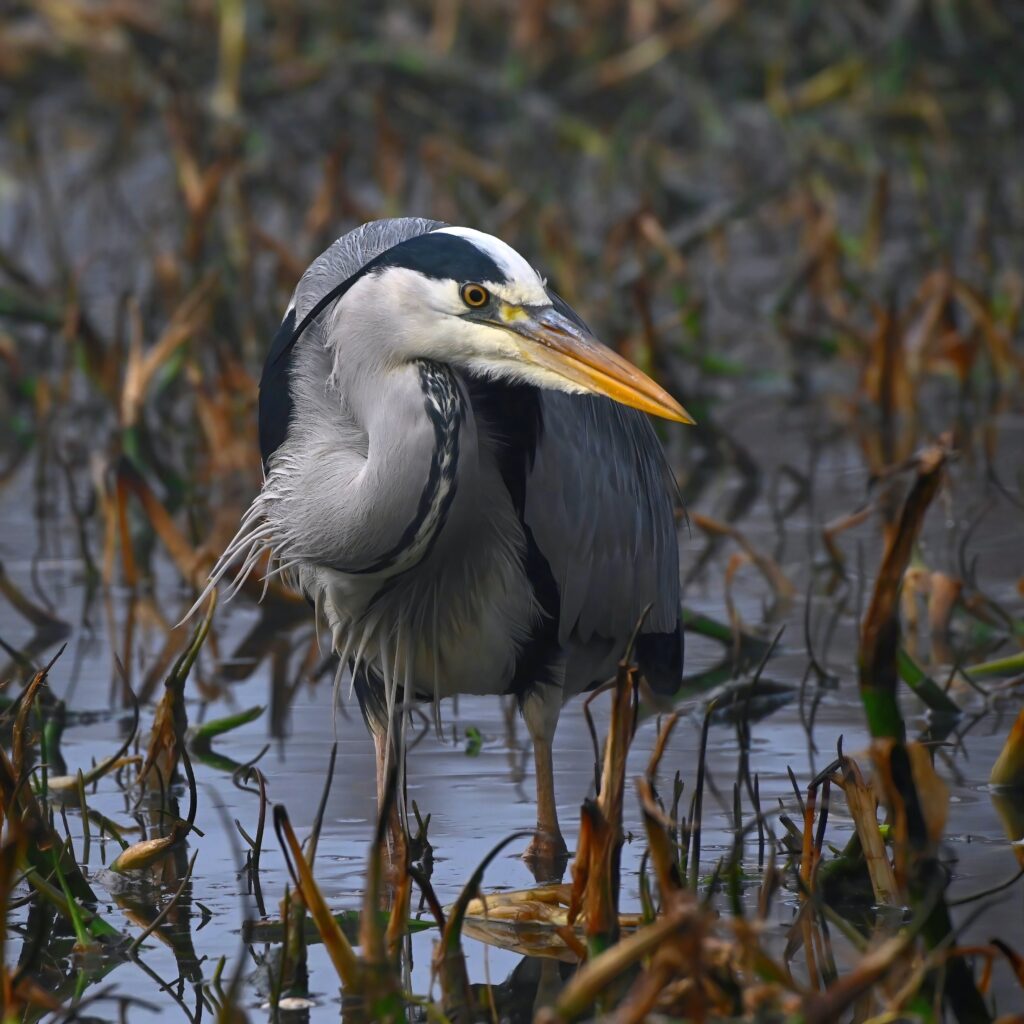
The Roseate Spoonbill
Dressed in shades of pink and possessing a distinctive spatulate bill, the Roseate Spoonbill is a true marvel to behold. Often seen in shallow coastal waters and wetlands, this bird uses its unique bill to sweep through the water, capturing small aquatic creatures such as fish and crustaceans. Its vibrant plumage and graceful flight make it a popular subject for photographers and birdwatchers alike.
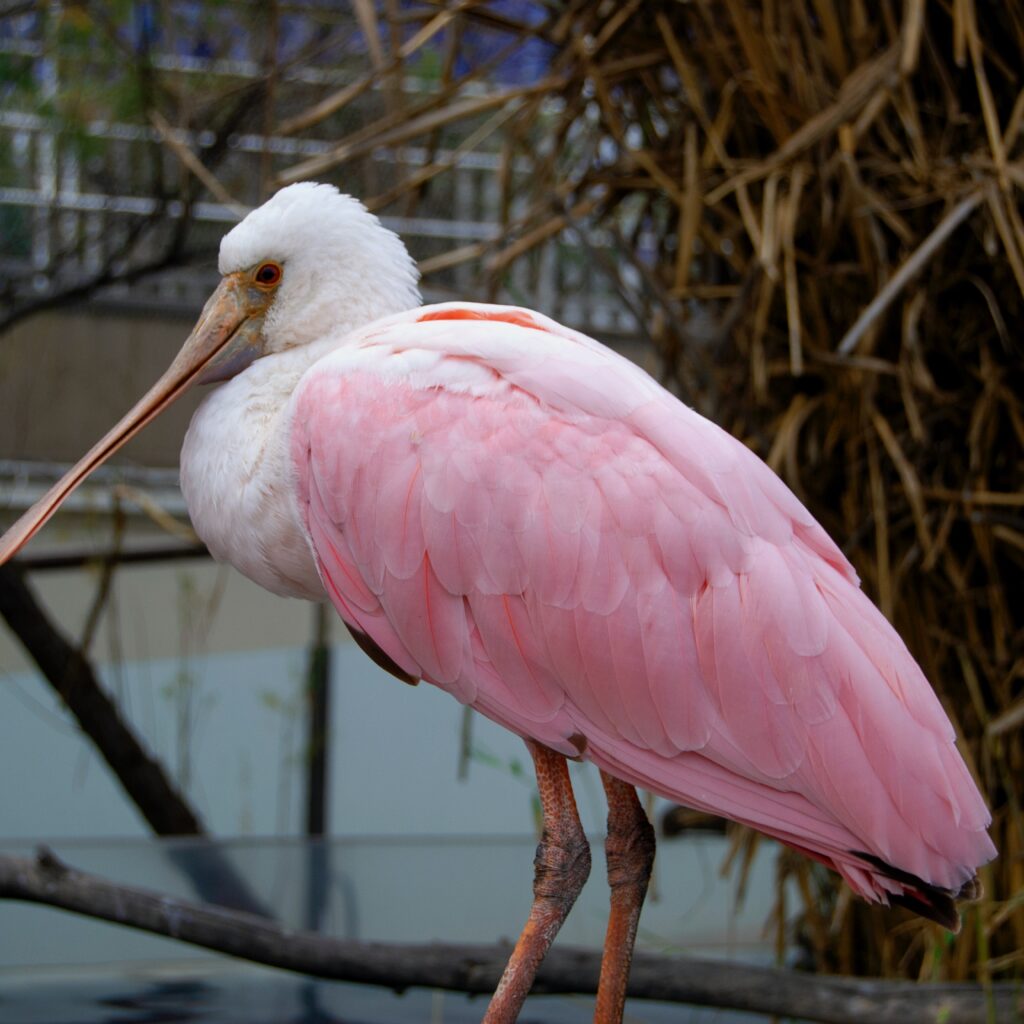
The Wood Stork
The Wood Stork is a large, white bird with black flight feathers and a distinctive bald head. It is found in wetlands and swamps throughout Florida. These wading birds use their long, sturdy bills to probe the water and mud, searching for prey such as small fish, frogs, and insects. Despite being a threatened species, conservation efforts have led to successful population recovery in recent years.
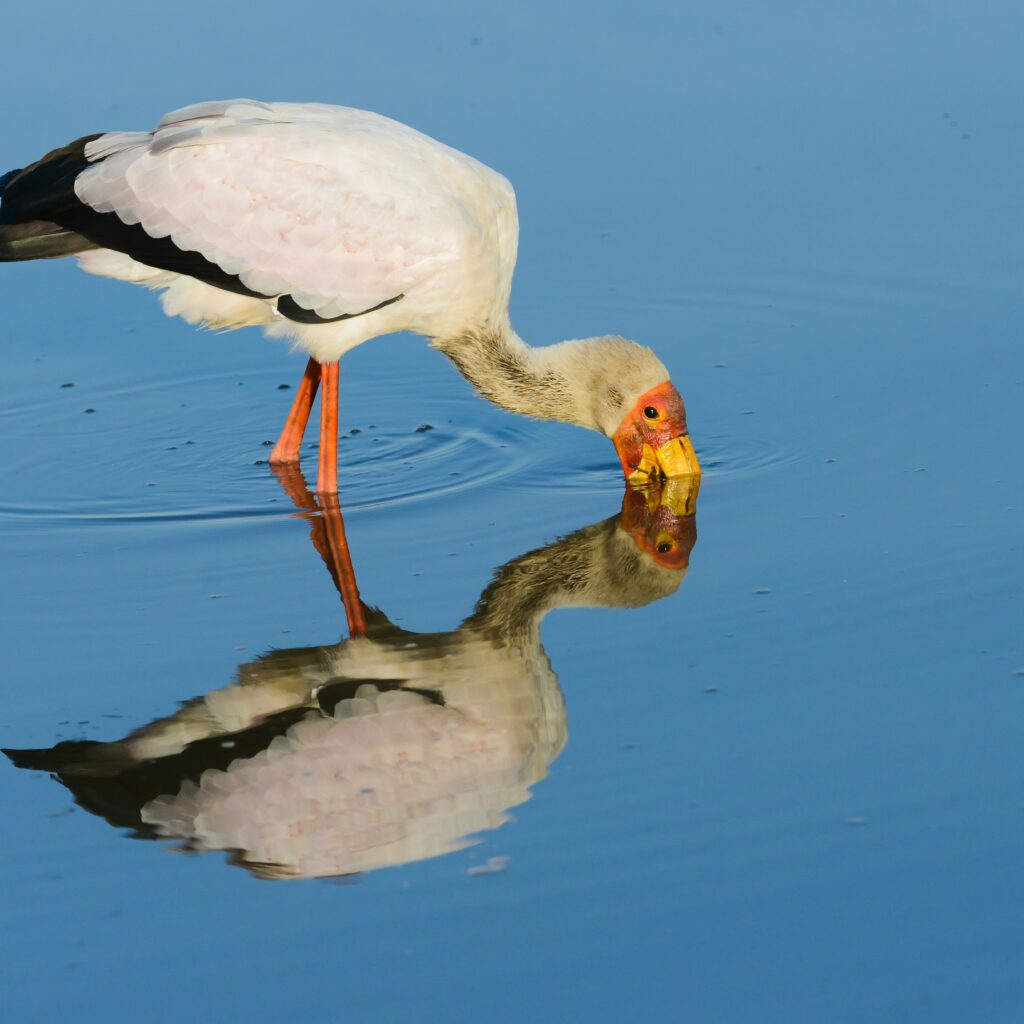
The Anhinga
Known as the “snakebird” due to its long, slender neck, the Anhinga is a remarkable aquatic bird that can be found in Florida’s freshwater habitats. Often seen perched on branches or drying its wings in the sun, this bird has a unique hunting strategy. It swims underwater, using its sharp beak to spear fish and other small aquatic creatures. With its dark feathers and piercing gaze, the Anhinga presents a striking silhouette against the Florida skyline.
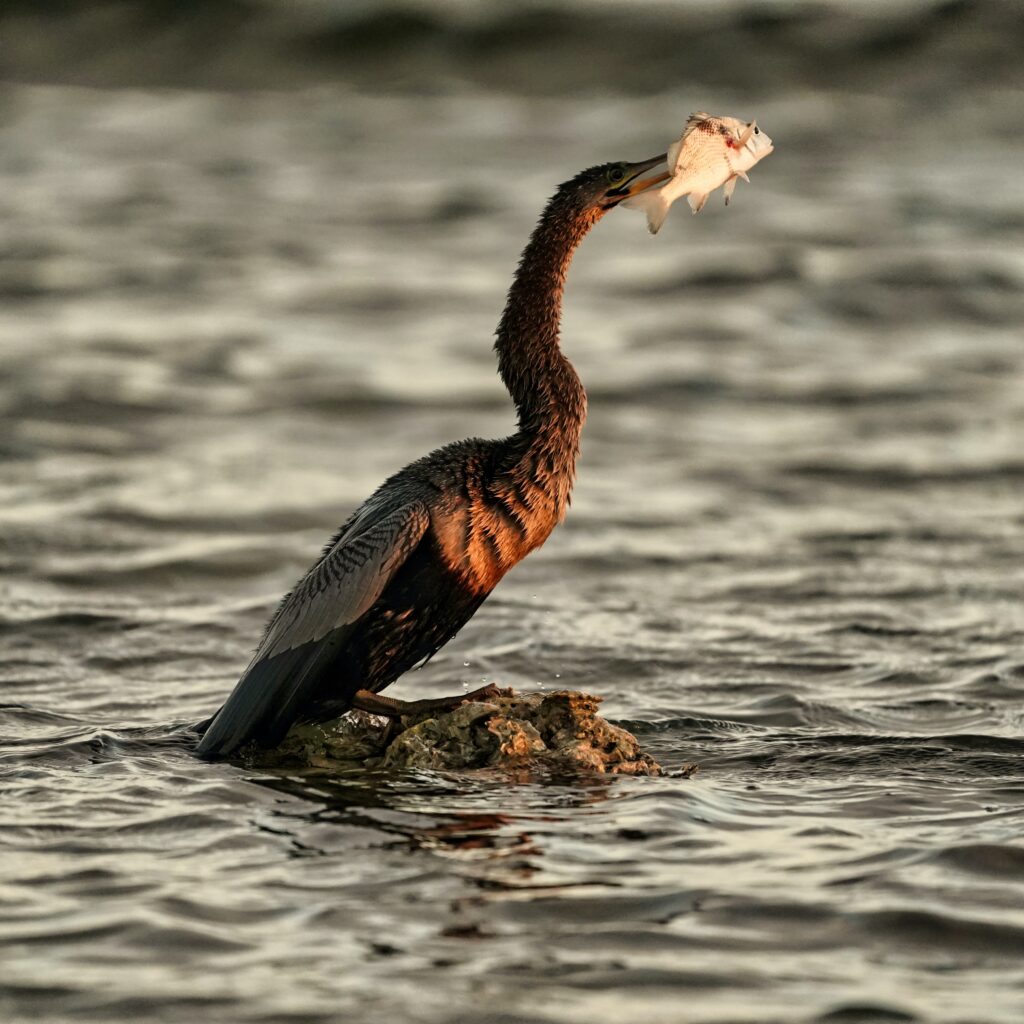
The American Flamingo
With its vibrant pink plumage and unmistakable curved beak, the American Flamingo is an iconic water bird that captures the imagination. Although primarily associated with the Caribbean, Florida is home to a resident population of these elegant birds. They can be spotted in shallow coastal areas, wading through the water on long, slender legs, while using their specialized beaks to filter-feed on small invertebrates.
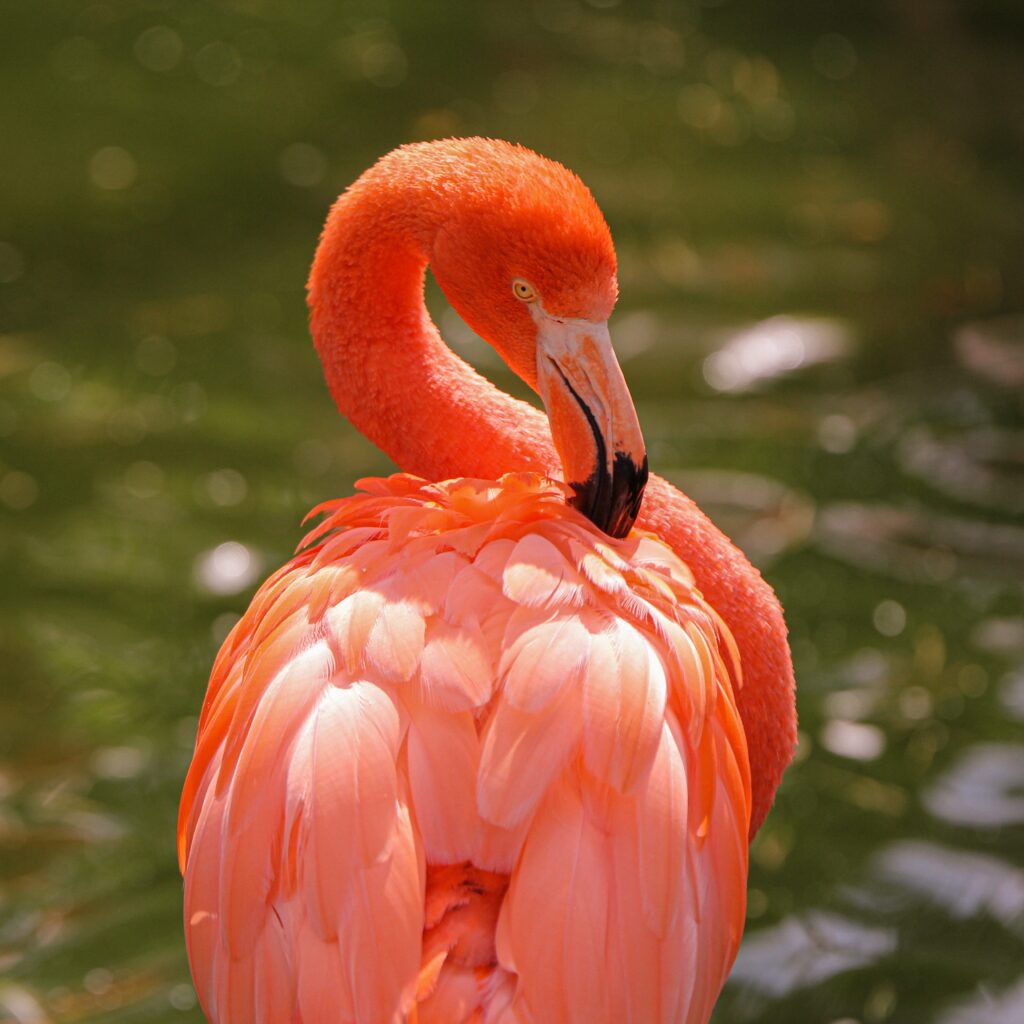
The Mottled Duck
Endemic to Florida and a few neighboring states, the Mottled Duck is a charming and distinct species. Unlike most ducks, the Mottled Duck does not migrate, preferring to stay in its preferred habitats year-round. These ducks can be found in freshwater marshes, ponds, and coastal areas. Their mottled brown plumage provides excellent camouflage, and they feed on a diet of aquatic plants, seeds, and insects.
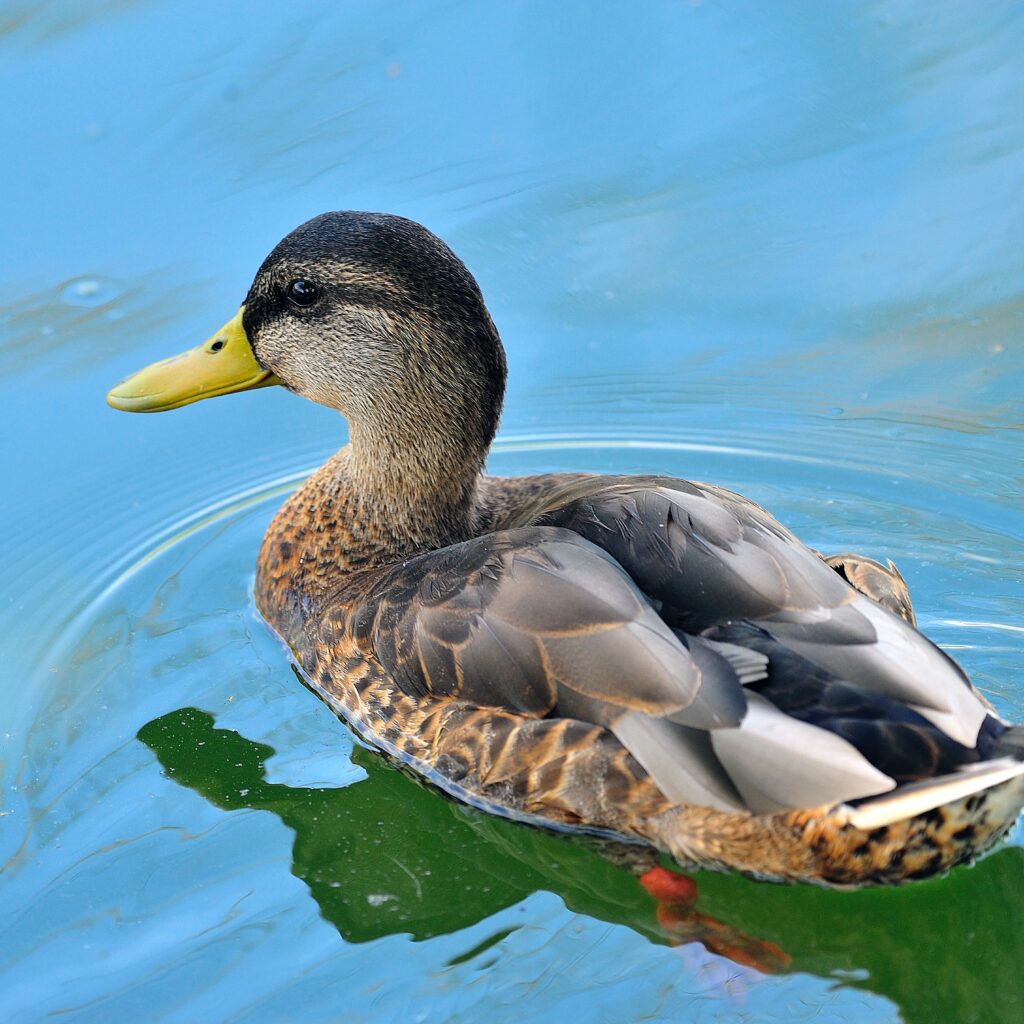
The Brown Pelican
The Brown Pelican is a charismatic bird that symbolizes the coastal beauty of Florida. With its large, pouched bill and distinctive brown and white plumage, it is a familiar sight along Florida’s beaches and estuaries. Renowned for its impressive diving skills, the Brown Pelican dives from great heights into the water, using its keen eyesight to spot fish.
Its elastic throat pouch expands to scoop up the fish, showcasing its unique feeding behavior. Once facing decline, conservation efforts have led to a remarkable recovery, making the Brown Pelican a common and captivating presence. It not only demonstrates remarkable adaptability to coastal environments but also exhibits social behaviors, often roosting in large groups. Nesting in colonies and playing an essential role in Florida’s coastal ecosystems, the Brown Pelican holds a significant place in the state’s cultural identity as a beloved symbol of natural heritage.
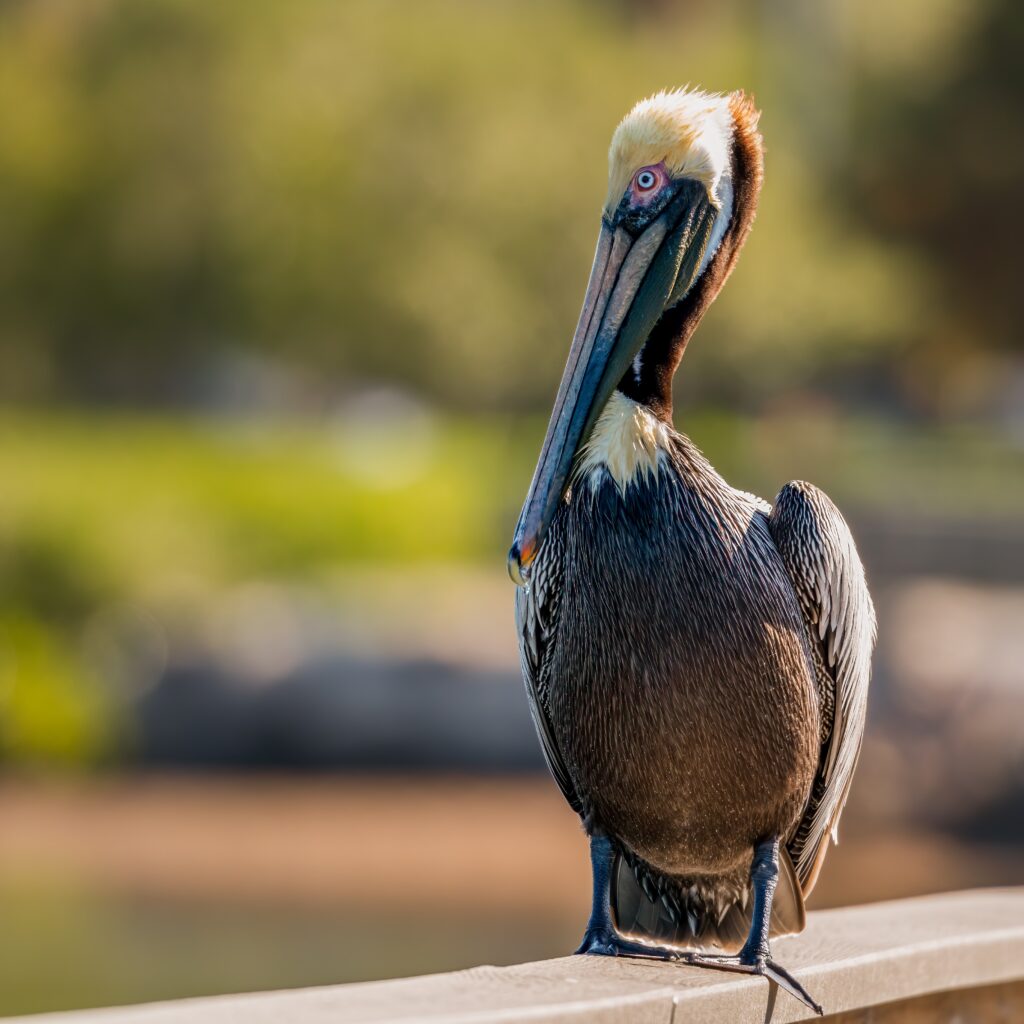
Conclusion
In conclusion, Florida’s water birds offer a captivating glimpse into the diverse and thriving avian life within the state. From the elegant stature of the Great Blue Heron to the vibrant plumage of the Roseate Spoonbill and the remarkable diving skills of the Brown Pelican, each species brings its unique characteristics and behaviors to the forefront.
These magnificent creatures not only enrich the ecological tapestry of Florida but also provide a source of awe and inspiration for birdwatchers, photographers, and nature enthusiasts alike. By appreciating and safeguarding their habitats, we can ensure a future where these remarkable water birds continue to grace Florida’s landscapes, serving as a testament to the state’s natural beauty and biodiversity.
Frequently Asked Questions:
Q: Where can I spot these water bird species in Florida?
A: The water bird species mentioned in the article can be spotted in various habitats across Florida. Great Blue Herons can be found near freshwater areas, coastal regions, and marshes. Roseate Spoonbills are often seen in shallow coastal waters and wetlands. Wood Storks can be found in wetlands and swamps throughout the state. Anhinga inhabit freshwater habitats. American Flamingos can be spotted in shallow coastal areas. Mottled Ducks are commonly found in freshwater marshes, ponds, and coastal areas. Brown Pelicans are a familiar sight along Florida’s beaches and estuaries.
Q: Are these water bird species endangered?
A: The status of these water bird species varies. While some species, such as the Wood Stork, were previously threatened but have made successful recovery efforts, others, like the Roseate Spoonbill, are of least concern. The Mottled Duck is considered a species of conservation concern due to its restricted range. Conservation efforts and habitat preservation play crucial roles in maintaining and protecting these species.
Q: Can I feed or interact with these water birds?
A: It is generally advised not to feed or interact closely with wild water birds. Feeding them human food can disrupt their natural diet and lead to health issues. Interacting too closely can cause stress and disturbance, affecting their behavior and overall well-being. It’s best to appreciate these birds from a respectful distance and allow them to carry out their natural behaviors undisturbed.
Q: What can I do to support the conservation of these water bird species?
A: There are several ways you can contribute to the conservation of water bird species in Florida. Support local conservation organizations that work to protect and preserve wetland habitats. Get involved in citizen science programs that monitor bird populations and contribute valuable data. Practice responsible birdwatching by observing from a distance and following ethical guidelines. Reduce your impact on the environment by minimizing the use of single-use plastics and promoting sustainable practices. Educate others about the importance of water bird conservation and inspire them to take action.
Q: Are there any specific seasons or times of the year when these water birds are more abundant or active?
A: The abundance and activity of water birds can vary depending on the species and the time of year. Some species, such as migratory birds like the American Flamingo, may be more prevalent during specific seasons. Breeding seasons and migration patterns can influence the presence and behavior of these birds. Consulting local birding resources, visiting wildlife refuges or sanctuaries, and joining birdwatching groups can provide insights into the best times and locations to observe these water birds in Florida.

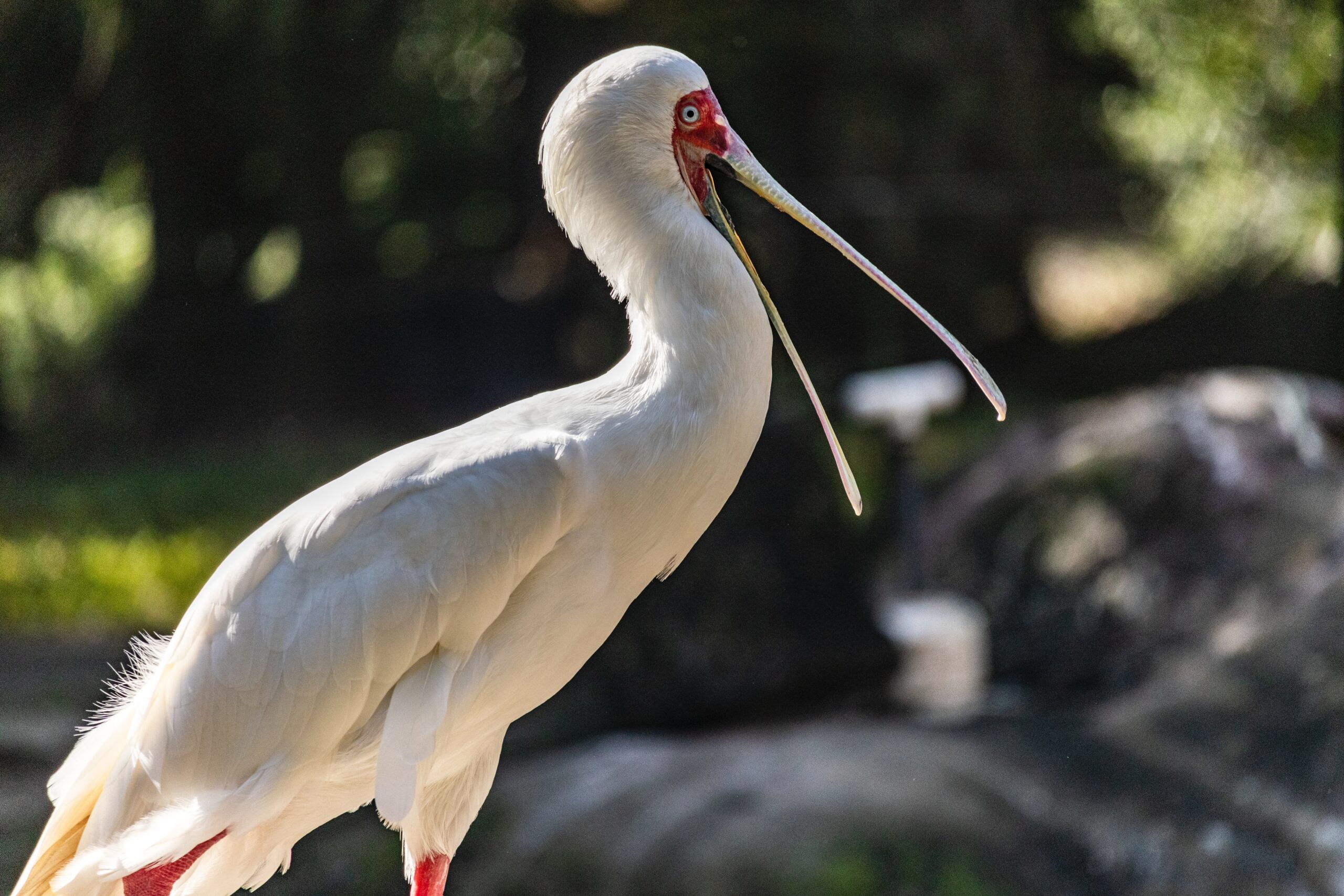
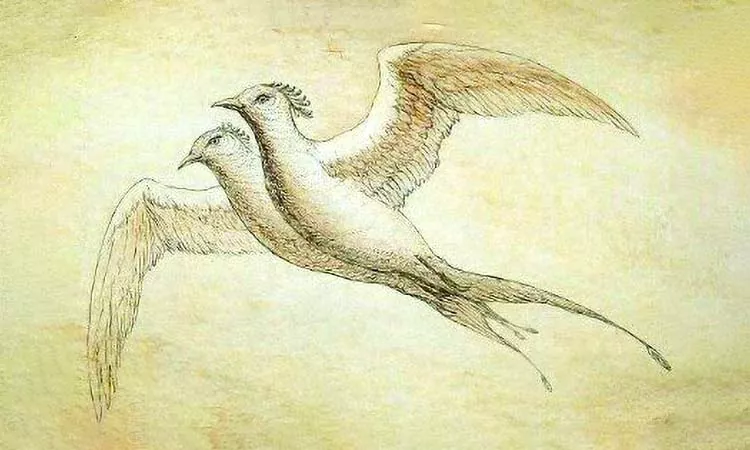
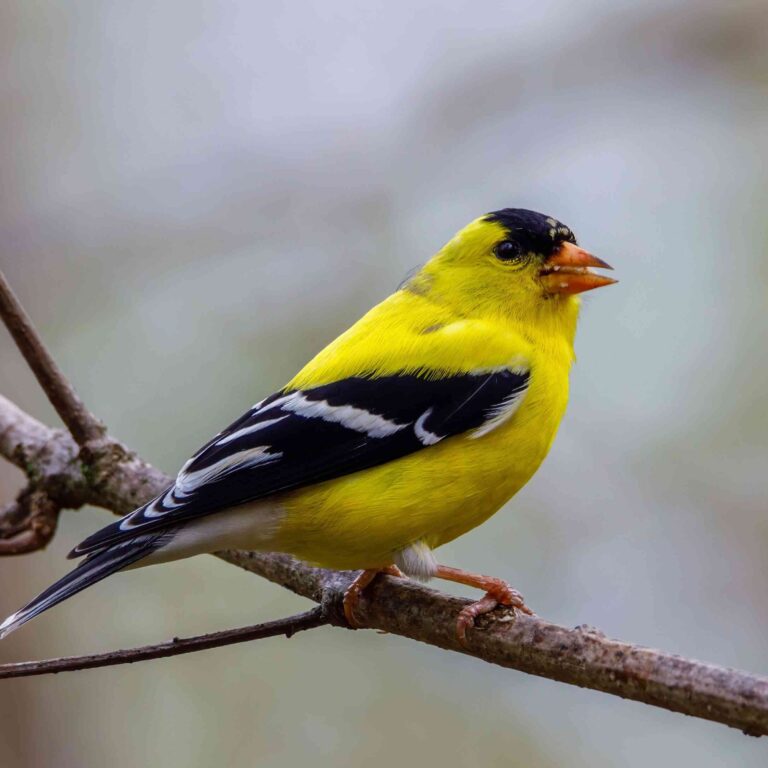
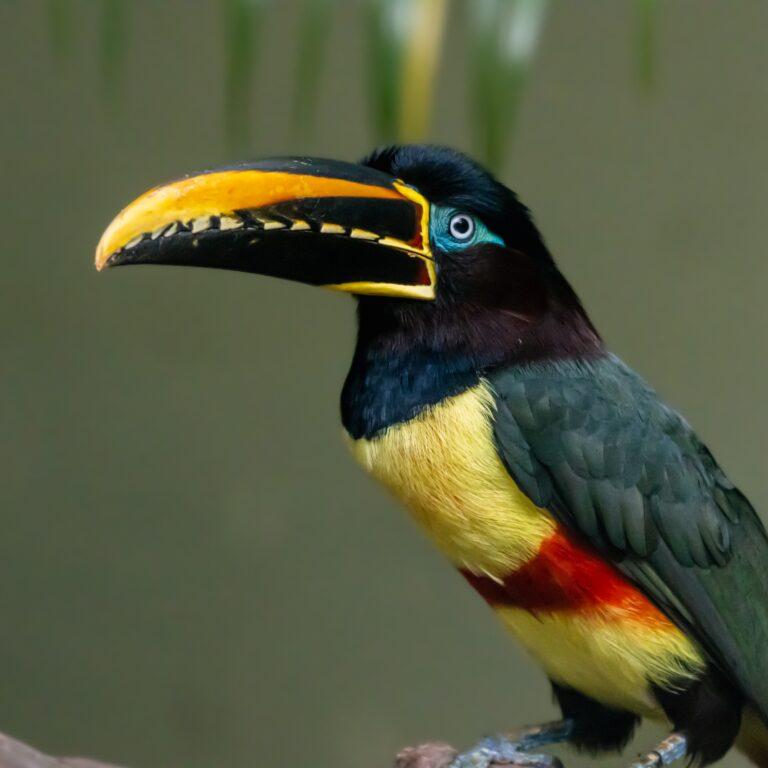
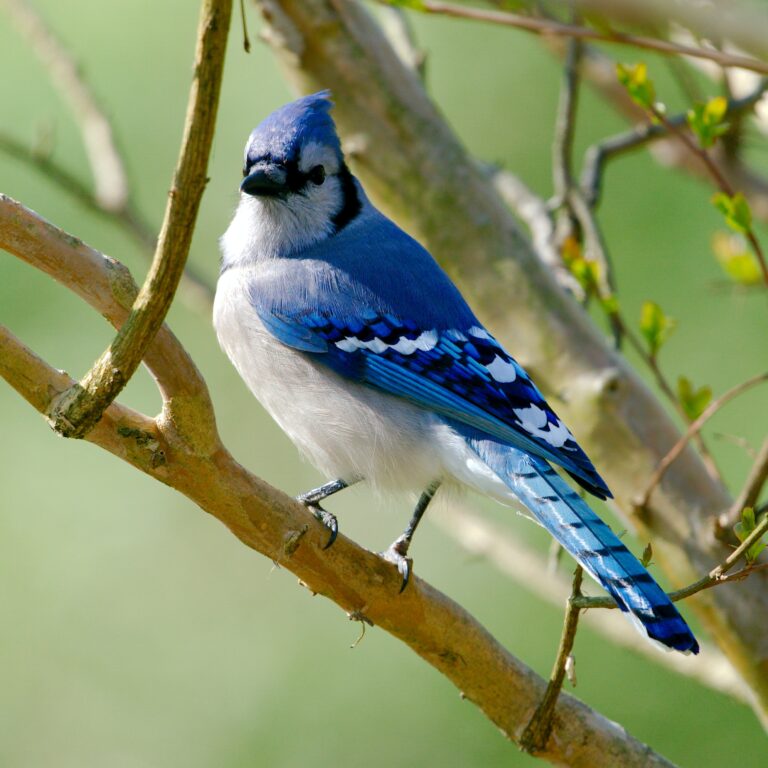
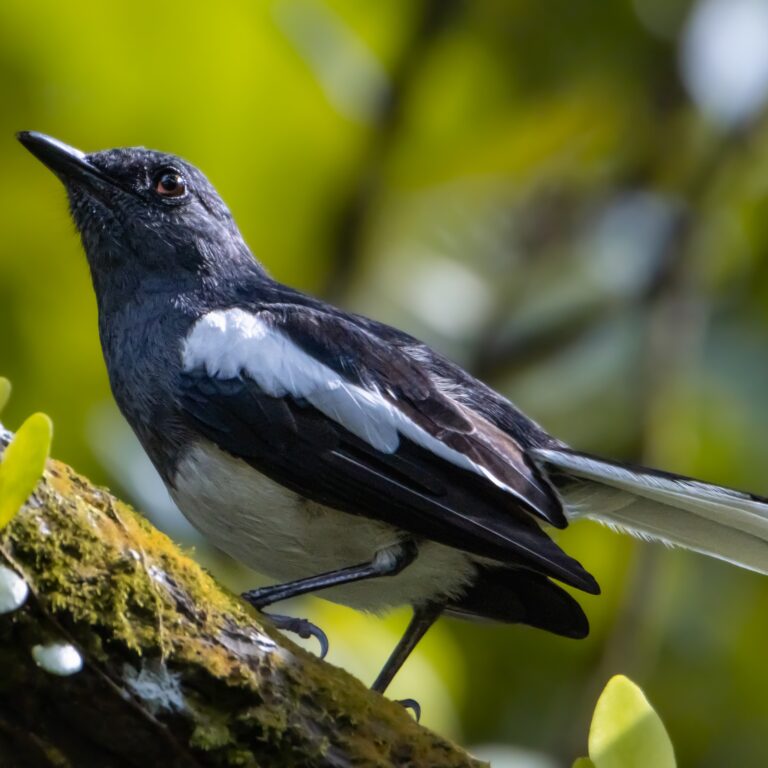
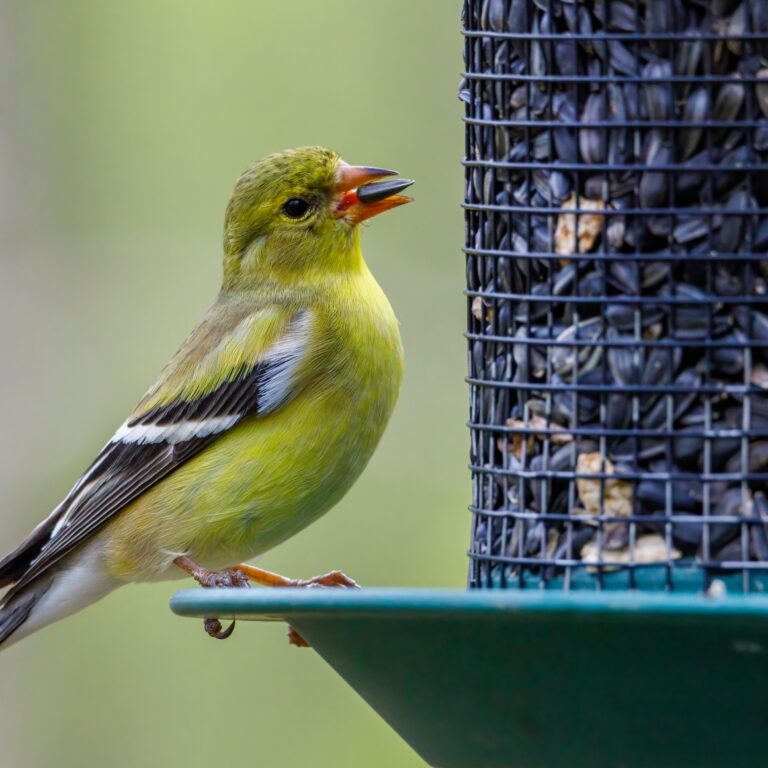
One Comment